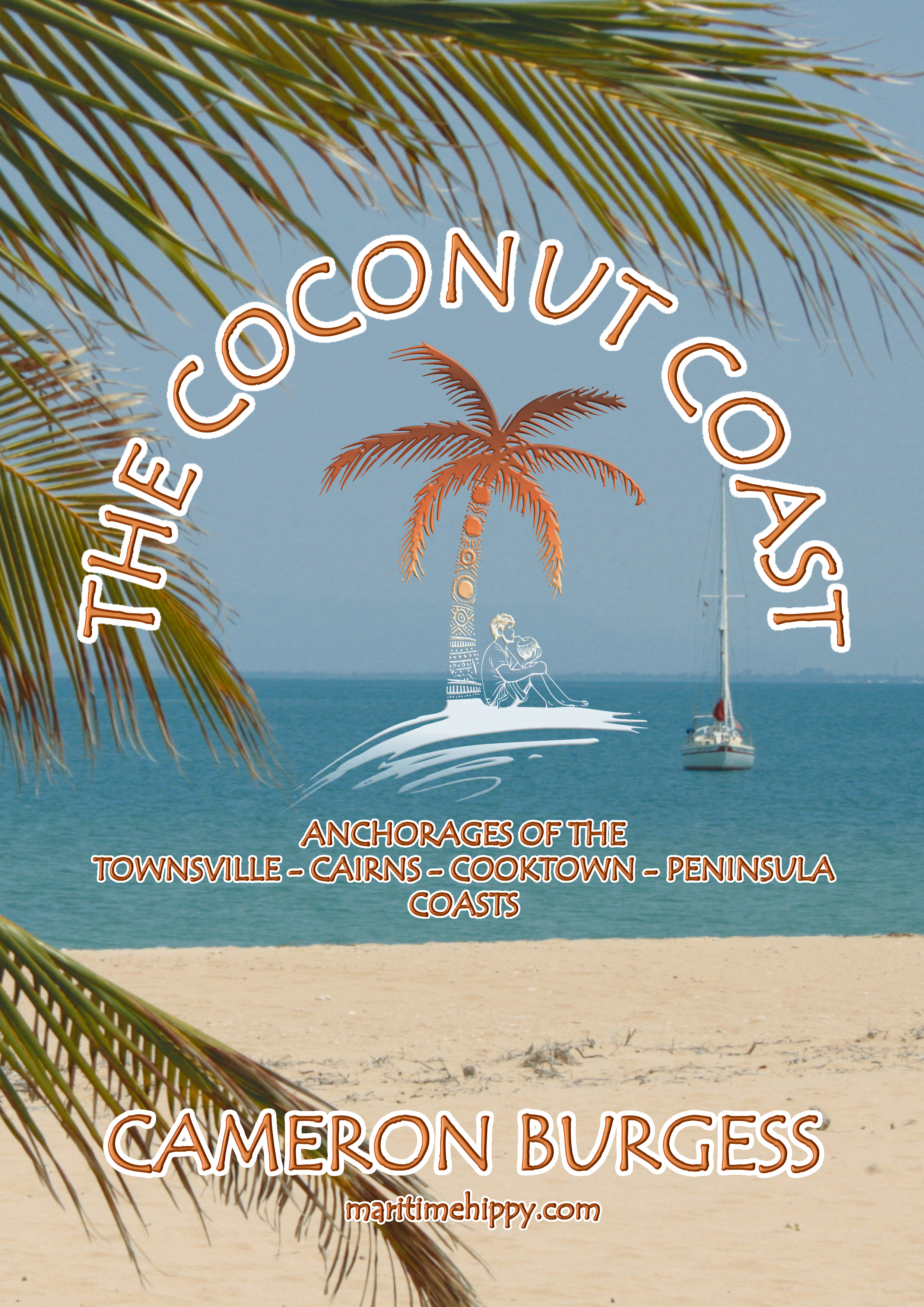July through to October is the “high season” in North Queensland for humpback whale encounters.
Worldwide the whale watching tourist industry is estimated to generate more than $1 billion a year. On your journey along the Queensland coast it is likely you will watch humpback whales for free as we did when four of them decided to play with our yacht.
If you want to go to Little Pioneer Bay check out my free anchorage guide. But back to whales ...
It was only a few decades ago that the idea of seeing a humpback whale off the Queensland coast would have been unusual. Hunted to near extinction in the early 1960’s, the population was estimated to be as few as 500 individuals. Fortunately things (that is, people) have changed and the whale population on the Australian east coast is now estimated to be increasing by about 10% each year, with the world population estimated to be in excess of 19,500 individuals.
What are the Whale v Boat rules?
When you encounter a whale in your boat you have a special responsibility to give whales appropriate sea-room. Approach distances are divided into a caution zone and a no approach zone.
- The Caution Zone is a 300-metre radius around the whale. If an individual comes toward your boat so that the boat is within the caution zone, the boat must not operate at a speed more than 6 knots or at a speed that creates a wake.
- The No Approach Zone is a 100-metre radius around the whale and 300 metres both directly in front of it and directly behind it. If a whale comes toward your boat so that the boat is within the no approach zone,you are required to stop the boat, turn the engines off, disengage the gears, or withdraw to an area outside the no approach zone at a speed not more than 6 knots that does not create a wake. When sailing, slow the yacht down considerably and alter course so as not to pass ahead of any whale.
- No more than three boats at any one time can be in the caution zone. If three boats are within 300 metres of a whale, you cannot approach and must remain more than 300 metres away.
- If a marine mammal shows signs of disturbance or distress, a boat must withdraw beyond the caution zone at a speed that is not more than six knots. Under no circumstances should you separate a calf from its mother or divide a group of whales.
- If you spot Migaloo, the all-white whale, then stand clear. He has a Special Management Declaration to his name. That means boats and other prohibited vessels cannot approach within 500 metresof him. Poor Migaloo was hit by a sail-boat off Townsville back in 2003 and now bears a scar arcing diagonally across the left side of his back, halfway between his blow-hole and dorsal fin.
In plain english, don't be that idiot that chases whales, causes them distress and frightens them away so other people can't enjoy their company. Keep your distance and if you're lucky, they will come to you.
Experience Counts!
NORTH QUEENSLAND'S ANCHORAGE ENCYCLOPAEDIA
Discover The Coconut Coast: Anchorages of the Townsville, Cairns, Cooktown and Peninsula (Cape York) Coasts from Gloucester Island in the northern Whitsundays all the way north to Princess Charlotte Bay. We even explain fishing zones, national park regulations and rules for whales and dugongs. Experience counts. Cruise with local knowledge.
